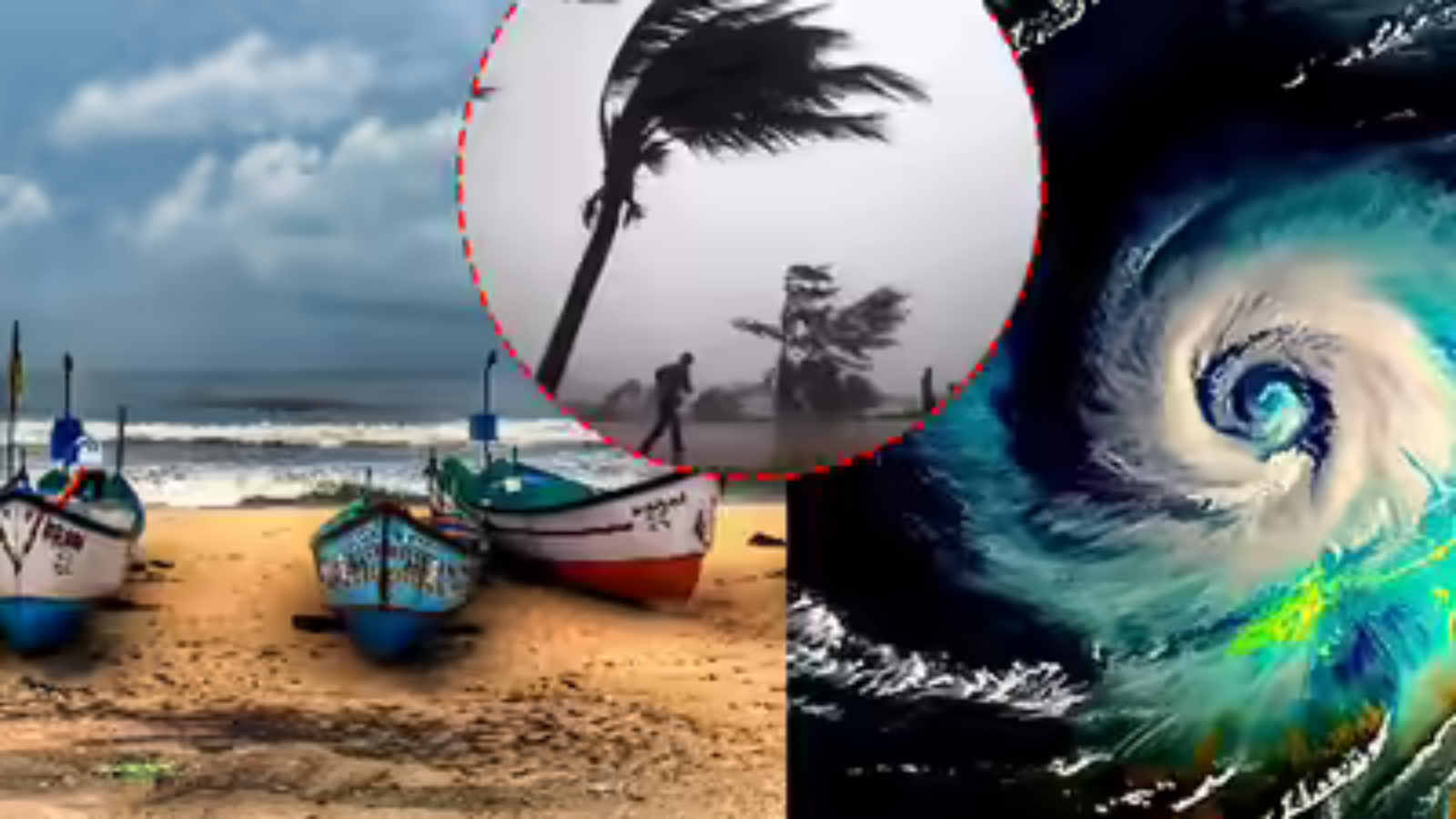Cyclone Montha: Discover the Origin and Meaning Behind the Name
Cyclone Montha - a name that evokes the image of a delicate, fragrant flower in Thai - has become the latest tropical storm brewing over the Bay of Bengal . Despite its gentle meaning, this natural phenomenon holds the power to bring torrential rain, strong winds, and coastal disruption. Here’s a closer look at Cyclone Montha’s origin, formation, and the science behind naming tropical cyclones .
The Meaning Behind Cyclone Montha
The word “Montha” in Thai translates to a beautiful or fragrant flower. Interestingly, this poetic name contrasts sharply with the storm’s potential fury. The naming, however, isn’t symbolic - it’s part of a global meteorological system that helps countries track and communicate information about severe weather events effectively.
How Cyclones Get Their Names
Cyclones in the North Indian Ocean region - covering the Bay of Bengal and the Arabian Sea - are named under a structured system maintained by the India Meteorological Department (IMD). As the Regional Specialised Meteorological Centre (RSMC) for this region, IMD coordinates with 13 member nations, including India, Thailand, Bangladesh, Sri Lanka, Iran, and Myanmar, among others.
Each participating country submits a list of names in advance. When a storm’s wind speed reaches 62 km/h (34 knots), it is officially given a name from this list. The purpose is clear communication - so that the public, forecasters, and disaster response teams can easily identify and discuss each cyclone, especially when multiple systems are active.
Formation and Path of Cyclone Montha
In late October 2025, a low-pressure system began developing over the southeast Bay of Bengal. Supported by warm sea surface temperatures and favourable wind patterns, the system intensified rapidly into Cyclone Montha.
According to forecasts from the IMD, the storm was expected to strengthen into a Severe Cyclonic Storm, moving northwestward toward the Andhra Pradesh coast around October 28. Authorities issued warnings for heavy rainfall, strong winds, storm surges, and coastal flooding. Fishermen were advised to avoid venturing into the sea, while disaster management teams were placed on high alert to ensure quick evacuation if necessary.
Why Naming Cyclones Matters
The naming of cyclones like Montha serves more than just identification - it plays a vital role in public awareness and disaster preparedness. Easy-to-remember names ensure that warnings reach people quickly, enabling better coordination between meteorologists, the media, and local authorities.
This naming convention is a testament to international cooperation, emphasising that weather knows no boundaries. Every named storm - whether calm or catastrophic - reminds us of the importance of communication, readiness, and global collaboration in safeguarding lives and communities.
From its gentle Thai meaning to its powerful meteorological reality, Cyclone Montha embodies both beauty and intensity. While the storm may carry the name of a fragrant flower, its impact underscores the urgent need for awareness and preparedness in coastal regions. As the IMD and global meteorological bodies continue to track its path, timely action and cooperation remain our strongest defences against nature’s unpredictability.

The Meaning Behind Cyclone Montha
The word “Montha” in Thai translates to a beautiful or fragrant flower. Interestingly, this poetic name contrasts sharply with the storm’s potential fury. The naming, however, isn’t symbolic - it’s part of a global meteorological system that helps countries track and communicate information about severe weather events effectively.
How Cyclones Get Their Names
Cyclones in the North Indian Ocean region - covering the Bay of Bengal and the Arabian Sea - are named under a structured system maintained by the India Meteorological Department (IMD). As the Regional Specialised Meteorological Centre (RSMC) for this region, IMD coordinates with 13 member nations, including India, Thailand, Bangladesh, Sri Lanka, Iran, and Myanmar, among others.
You may also like
- Andhra: YSRCP slams TDP-led coalition for 'failure' in cyclone Montha relief
- Golden State Warriors vs Milwaukee Bucks regular season injury report: Who's playing, who's out, and more (October 30, 2025)
- ED raids Kolkata, Bhopal, Lucknow; seizes Rs 3 crore, attaches assets worth Rs 111 crore
- National Unity Day: Message of communal harmony goes out from Pahalgam
 Mumbai's Four Bungalows Gurudwara Adopts Flood-Hit Village In Amritsar, Assures Full Farm Revival
Mumbai's Four Bungalows Gurudwara Adopts Flood-Hit Village In Amritsar, Assures Full Farm Revival
Each participating country submits a list of names in advance. When a storm’s wind speed reaches 62 km/h (34 knots), it is officially given a name from this list. The purpose is clear communication - so that the public, forecasters, and disaster response teams can easily identify and discuss each cyclone, especially when multiple systems are active.
Formation and Path of Cyclone Montha
In late October 2025, a low-pressure system began developing over the southeast Bay of Bengal. Supported by warm sea surface temperatures and favourable wind patterns, the system intensified rapidly into Cyclone Montha.
According to forecasts from the IMD, the storm was expected to strengthen into a Severe Cyclonic Storm, moving northwestward toward the Andhra Pradesh coast around October 28. Authorities issued warnings for heavy rainfall, strong winds, storm surges, and coastal flooding. Fishermen were advised to avoid venturing into the sea, while disaster management teams were placed on high alert to ensure quick evacuation if necessary.
Why Naming Cyclones Matters
The naming of cyclones like Montha serves more than just identification - it plays a vital role in public awareness and disaster preparedness. Easy-to-remember names ensure that warnings reach people quickly, enabling better coordination between meteorologists, the media, and local authorities.
This naming convention is a testament to international cooperation, emphasising that weather knows no boundaries. Every named storm - whether calm or catastrophic - reminds us of the importance of communication, readiness, and global collaboration in safeguarding lives and communities.
From its gentle Thai meaning to its powerful meteorological reality, Cyclone Montha embodies both beauty and intensity. While the storm may carry the name of a fragrant flower, its impact underscores the urgent need for awareness and preparedness in coastal regions. As the IMD and global meteorological bodies continue to track its path, timely action and cooperation remain our strongest defences against nature’s unpredictability.









